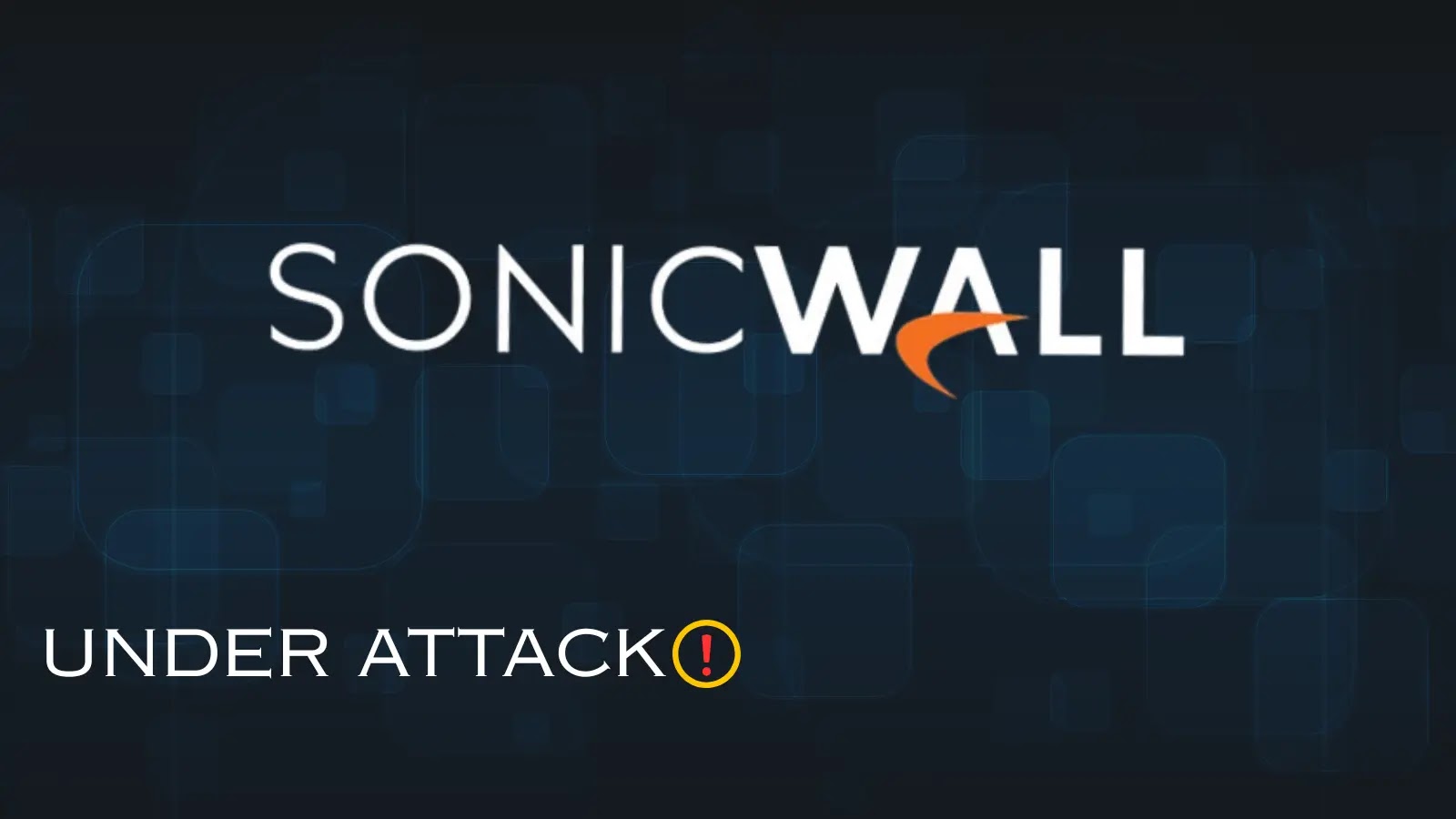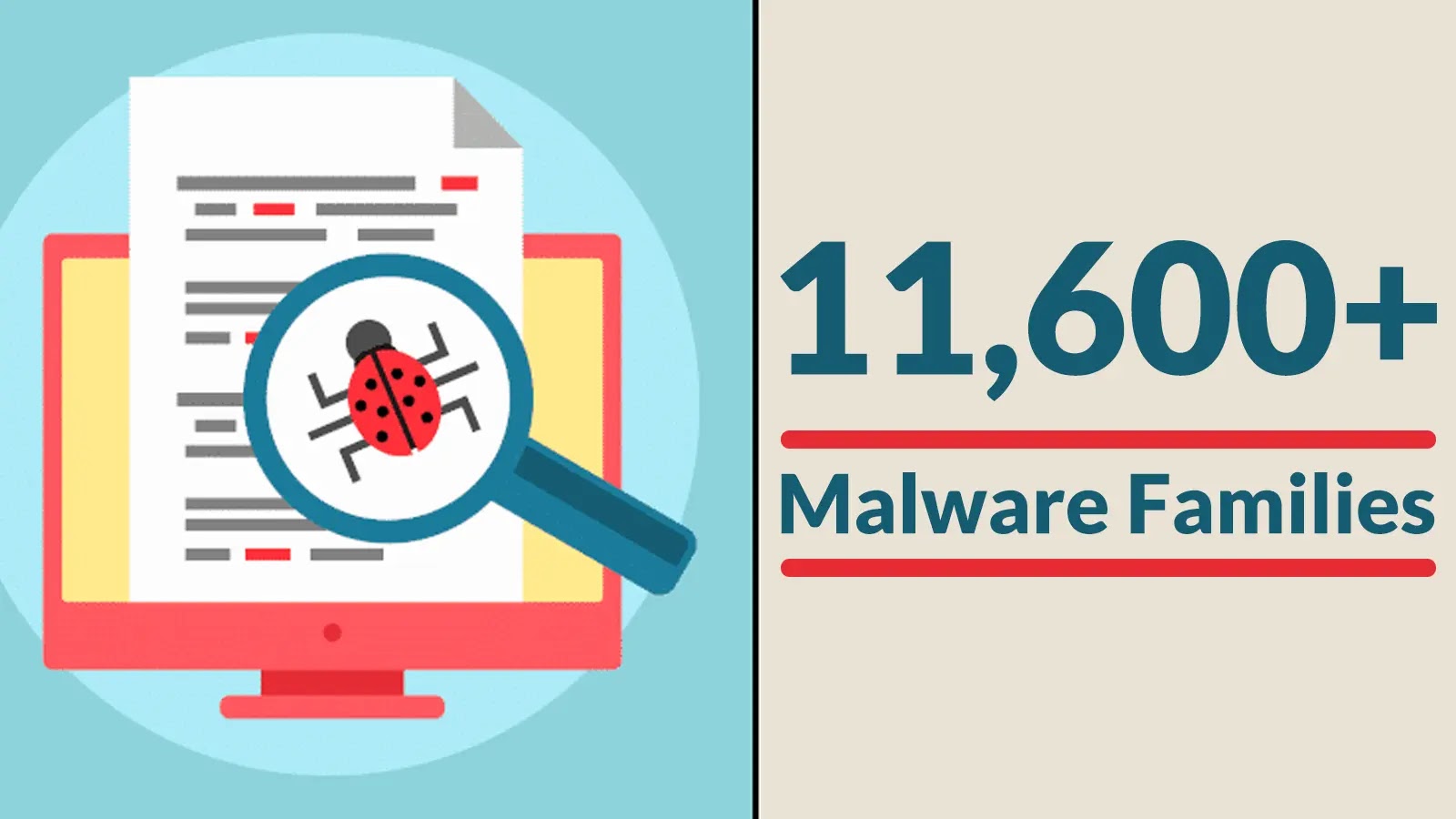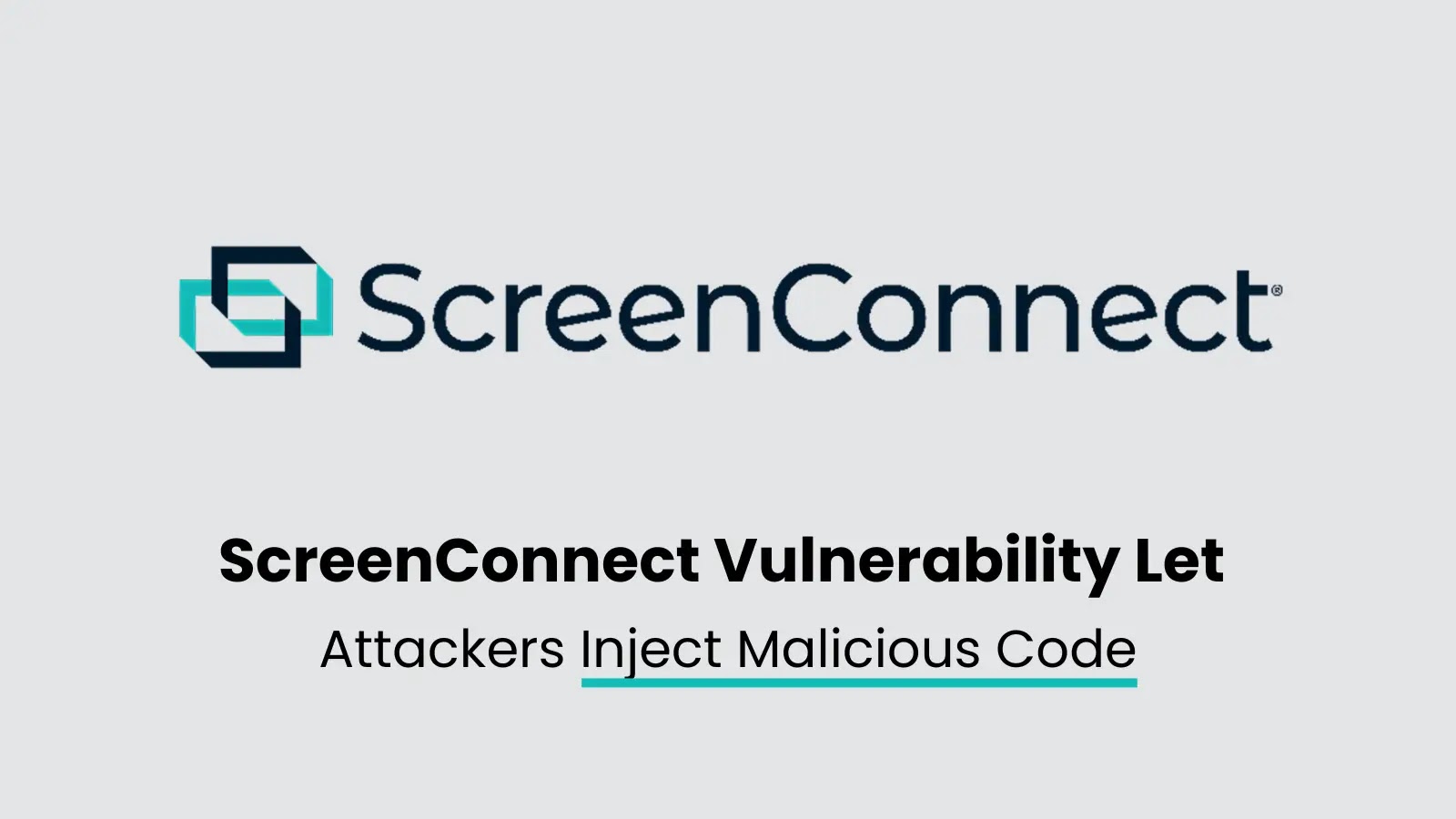In early October 2025, a significant escalation in cyberattacks targeted SonicWall SSLVPN devices, compromising numerous customer networks. This surge occurred shortly after a major security breach exposed sensitive firewall data, raising concerns about the security of remote access tools in enterprise environments.
Incident Overview
Beginning on October 4, 2025, threat actors initiated a series of rapid authentication attempts into over 100 accounts across 16 different environments. These attempts utilized what appeared to be stolen valid credentials, rather than employing brute-force methods. The coordinated nature of these attacks underscores the increasing risks associated with remote access tools, particularly in the wake of recent security incidents.
The attackers’ activities were characterized by clustered login attempts, peaking over the subsequent two days. In many instances, the attackers connected briefly from the IP address 202.155.8[.]73 before disconnecting without further action. However, in more severe cases, they conducted network scans and attempted to access local Windows accounts, indicating efforts toward deeper reconnaissance or lateral movement within the networks.
Connection to Recent Breach
SonicWall’s recent security advisory has heightened concerns by confirming that hackers accessed encrypted configuration backups for every customer utilizing its MySonicWall cloud service. These configuration files contain critical data, including credentials and settings. Even though the files are encrypted, if decrypted, they could enable targeted exploits. Initially, in mid-September, SonicWall reported that fewer than 5% of firewalls were impacted. However, an update on October 10 revealed that the breach affected all users of the backup feature.
While a direct connection between the breach and the SSLVPN attacks has not been confirmed, the timing and nature of the incidents suggest a potential link. The scale and speed of the attacks imply that the attackers may possess insider knowledge of credentials, raising alarms for organizations relying on SonicWall for secure remote access.
Mitigation Measures
To mitigate the risks associated with these attacks, businesses are advised to take immediate action:
1. Restrict Remote Access: Limit wide-area network management and remote access where feasible. Temporarily disable HTTP, HTTPS, SSH, SSL VPN, and inbound management interfaces until all credentials are fully reset.
2. Reset Credentials: Revoke and reset all exposed credentials, including local admin passwords, VPN pre-shared keys, LDAP or RADIUS bind credentials, wireless passphrases, and SNMP settings on impacted firewalls.
3. Update External Configurations: Roll over external API keys, dynamic DNS configurations, SMTP or FTP accounts, and any automation secrets linked to management systems.
4. Enhance Logging and Monitoring: Implement enhanced logging to review recent logins and changes for anomalies. Retain records for forensic analysis and monitor for unauthorized re-entry.
5. Enforce Multi-Factor Authentication (MFA): Implement MFA on all administrative and remote accounts to bolster defenses against unauthorized access.
6. Apply Least-Privilege Principles: Ensure that users have the minimum level of access necessary to perform their duties, reducing the potential impact of compromised accounts.
Organizations are urged to log into MySonicWall.com immediately to check for affected devices and follow detailed remediation steps provided by SonicWall. Proactive vigilance and swift action are essential in mitigating the risks posed by these coordinated attacks.



